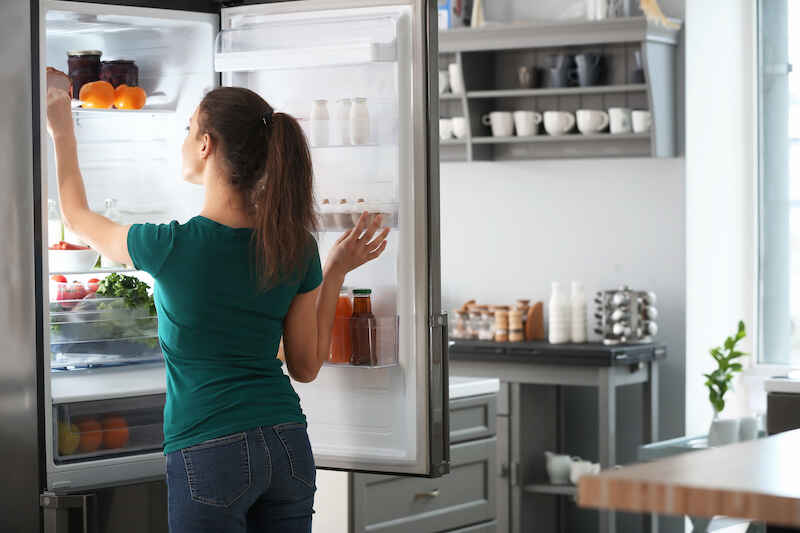Efficient Appliances Can Save Households £336 a Year

Switching to more energy-efficient white goods could save households more than £3,000 on energy bills across a decade, new research claims.
With energy bills rising, Britons are looking for ways to reduce their electricity consumption and save money, including turning down thermostats and installing insulation. Using more energy-efficient appliances is one of the best ways to slash costs, Which? says.
The consumer champion’s new ‘running cost’ tool calculates the energy costs of washing machines, tumble dryers, fridge freezers, ovens and dishwashers. It reveals that running the least efficient models in each category costs a cumulative £490 each year. The most energy-efficient models cost collectively just £154 per year to run—a savings of £336.
Energy-efficient white goods can be more expensive upfront but more than make up for their higher price tags with lower energy use.
However, Which?’s research, which involved independent lab testing based on real-world scenarios, revealed that not all machines rated A under the new classification are created equal. Alarmingly, it found that even some B and C-rated machines cost less to run than those billed as the most energy-efficient. The new rating system, in place from March 2021, was designed to replace an old one that confusingly labelled the vast majority of appliances A+, A++ or A+++.
Among tested tumbles driers, the Miele TCB140 WP costs the least run: just £29 per year if you’re trying roughly three loads a week. In comparison, the energy-hungry Hoover HL V10LG-80 costs £135 per year for the same three loads. There’s a massive difference in the purchase price of these models: the Miele retails at £800 while the Hoover costs £260. But if you factor in running costs, the Miele is actually £1,580 cheaper over its lifetime.
Meanwhile, washing machines add an average of £46 to your energy bills per year (if you’re running four 40°C washes per year—you can save money by turning down the temperature). But these costs vary from just £15 with the hyper-efficient Ebac AWM74D2H to £70 with the HW100-B14876.
Fridge freezers are the costliest appliance to run because they must be on constantly. But different models use wildly different amounts of electricity to keep your food cold. In tests, the least-efficient, the Hotpoint FFU3DX1m, uses £134 of energy per year. Consumers could save £104 by choosing the most efficient: the LG GBB92MCBAP, with annual running costs of just £30.
The type of fridge-freezer also has an impact, with large American-style fridge freezers using an average of £92 of energy each year and smaller freestanding models adding around £61 to a household’s annual energy costs.
With energy bills set to rise even further from April, the savings from energy-efficient models could be even greater in the near future.
This summer, the UK adopted new regulations requiring appliances entering the market to conform to stricter energy standards. It’s estimated the new standards will save households £75 per year on their energy bills.
Read on our blog

With the government poised to implement tough new measures to...

Budget broadband provider TalkTalk has been notifying customers via email...

A year-long investigation by charity Citizens Advice has revealed a...

Education Secretary Nadhim Zahawi has announced a new commitment to...
